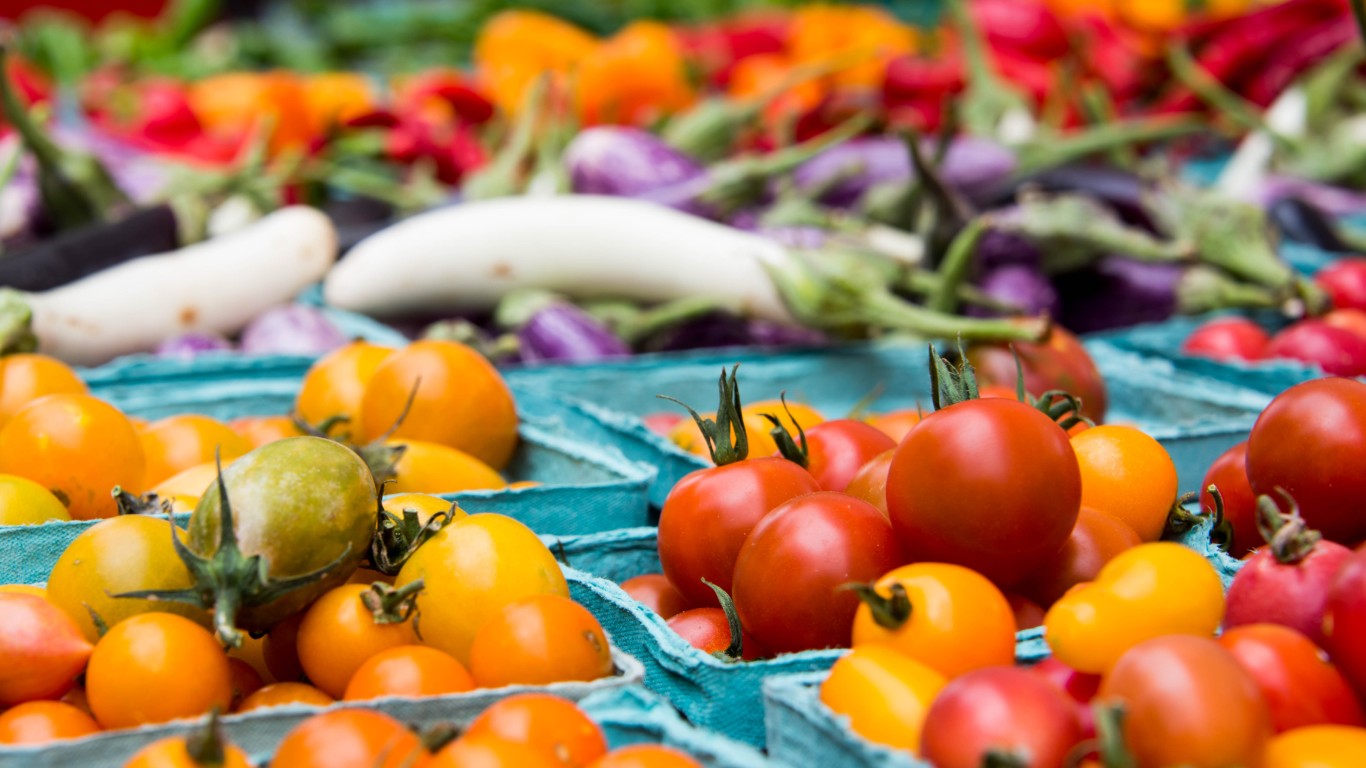
Whether we shop at farmers markets or grocery stores, or even get our culinary raw materials delivered, our first task when we get the grocery bags into the kitchen is to put everything away. Pantry staples are easy, and everybody knows that such perishables as dairy products and meats need to be refrigerated or frozen right away unless you’re going to eat them immediately.
But what about all that fresh, colorful, healthy stuff — the fruits and vegetables that should be part of everyone’s daily diet? Should they stay out on the counter or go into the fridge? Should they be stored in plastic or paper bags or neither? How will they ripen fastest and/or retain the most flavor? How can you stave off spoilage? Some foods spoil much faster than you can imagine.
Through trial and error, experienced food shoppers eventually learn the best ways to store produce. Sometimes these are intuitive, but sometimes a little guidance is useful. With that in mind, 24/7 Tempo has collected advice from a range of savvy home cooks on how to best store 20 kinds of fruit and vegetables.
Click here to learn the proper way to store your produce.
Some general rules first:
Don’t store fruits and vegetables in the same bag or right next to each other. Many fruits — including apricots, peaches, bananas, melons, kiwi fruit, and tomatoes (yes, they’re a fruit) emit ethylene gas, which helps them ripen. Many vegetables, from asparagus to squash, are adversely affected by that gas, and can spoil quickly in its presence.
Don’t crowd vegetables in the refrigerator. Even when there’s no ethylene involved, if they’re packed together they can spoil prematurely.
If you store vegetables in a bag, whether paper or plastic, poke some holes in it to let the produce “breathe.”
Remove rubber bands and twist-ties, which can scar the vegetables they’re holding together, and give bacteria a convenient point of entry.
Now, here are some specifics.
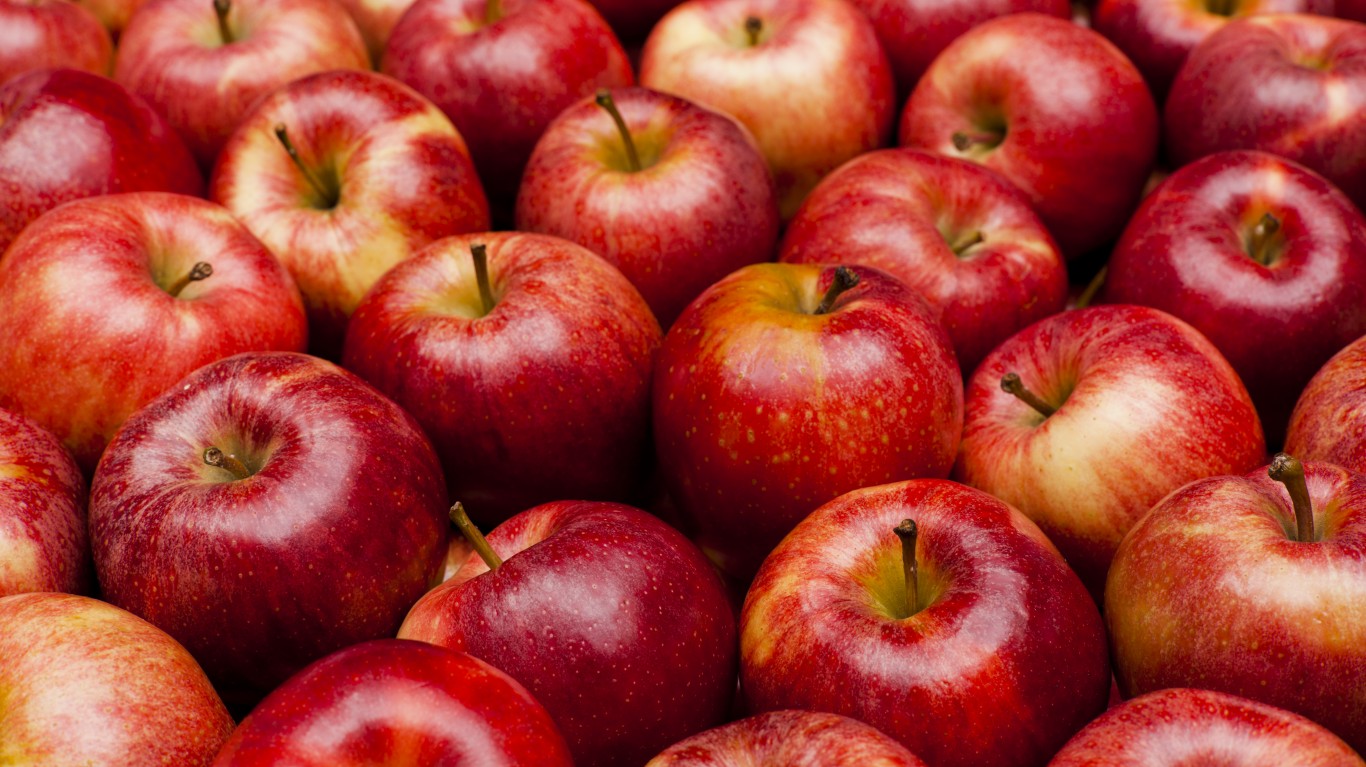
1. Apples
Store apples in the refrigerator, ideally at a temperature between 30ºF and 35ºF (the latter is usually considered ideal in general). Put them in the crisper drawer, with a damp paper towel over them. According to some sources, the fruit’s lifespan decreases noticeably for every ten degrees above 30ºF; it has also been said that they soften ten times faster at room temperature than when refrigerated.
[in-text-ad]
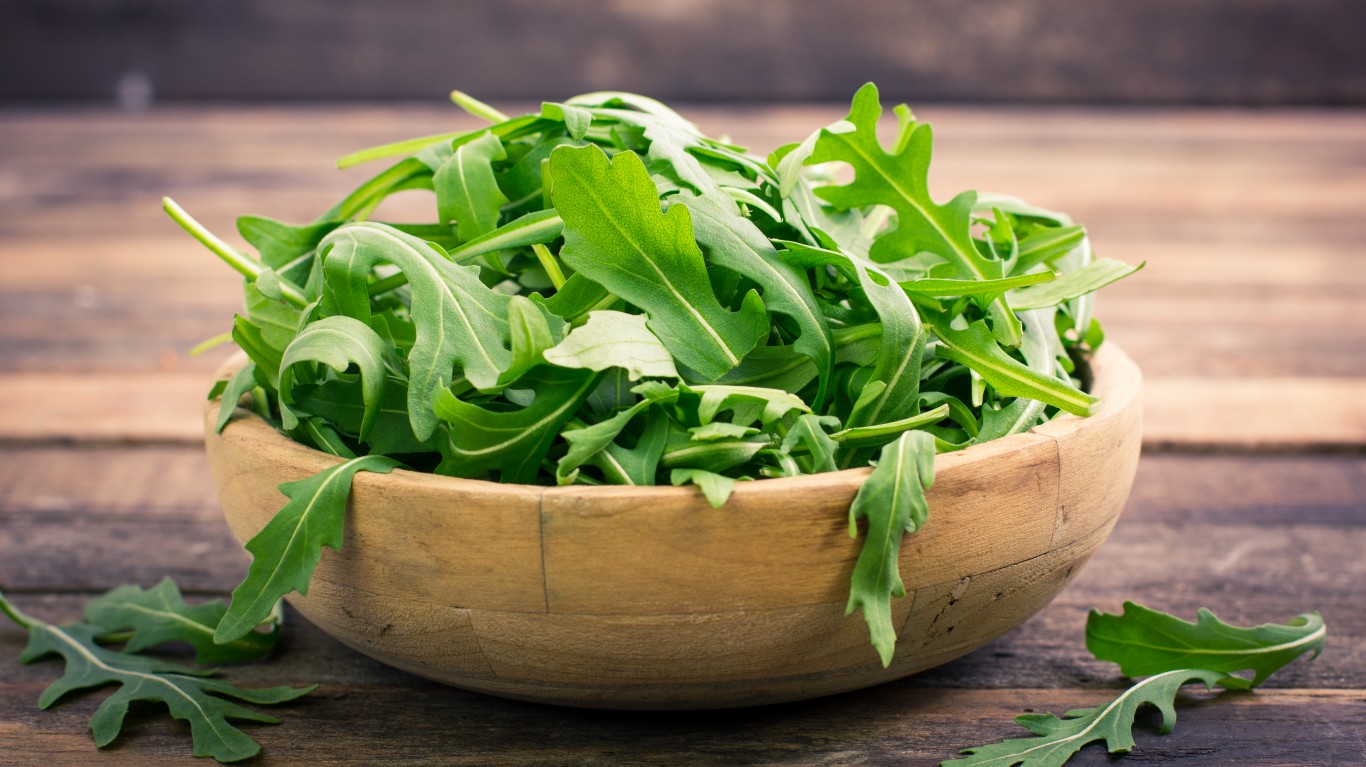
2. Arugula
If you buy this bitterish salad green unpackaged and tied in bunches, trim the ends, then wrap it in a damp paper towel and put it into a vented bag. If it’s in a clamshell or sealed bag, just refrigerate it — but pay attention to the use-by date on the package and discard the arugula if it gets too old. Bacteria can develop on the leaves even if they still look healthy.
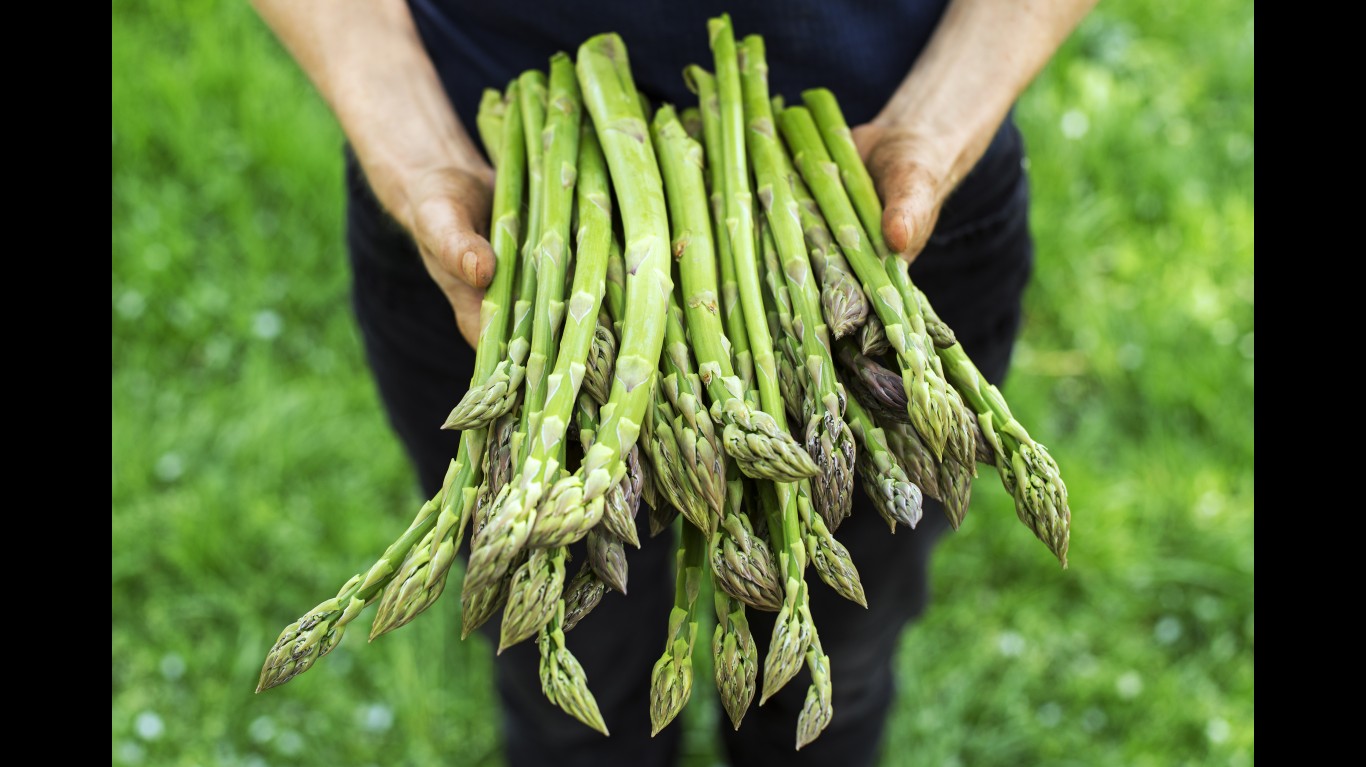
3. Asparagus
To keep the spears fresh and crisp, trim the ends slightly, then stand the asparagus upright in a jar or glass half-filled with water. Fit a plastic bag loosely over the tops of the spears and refrigerate them.
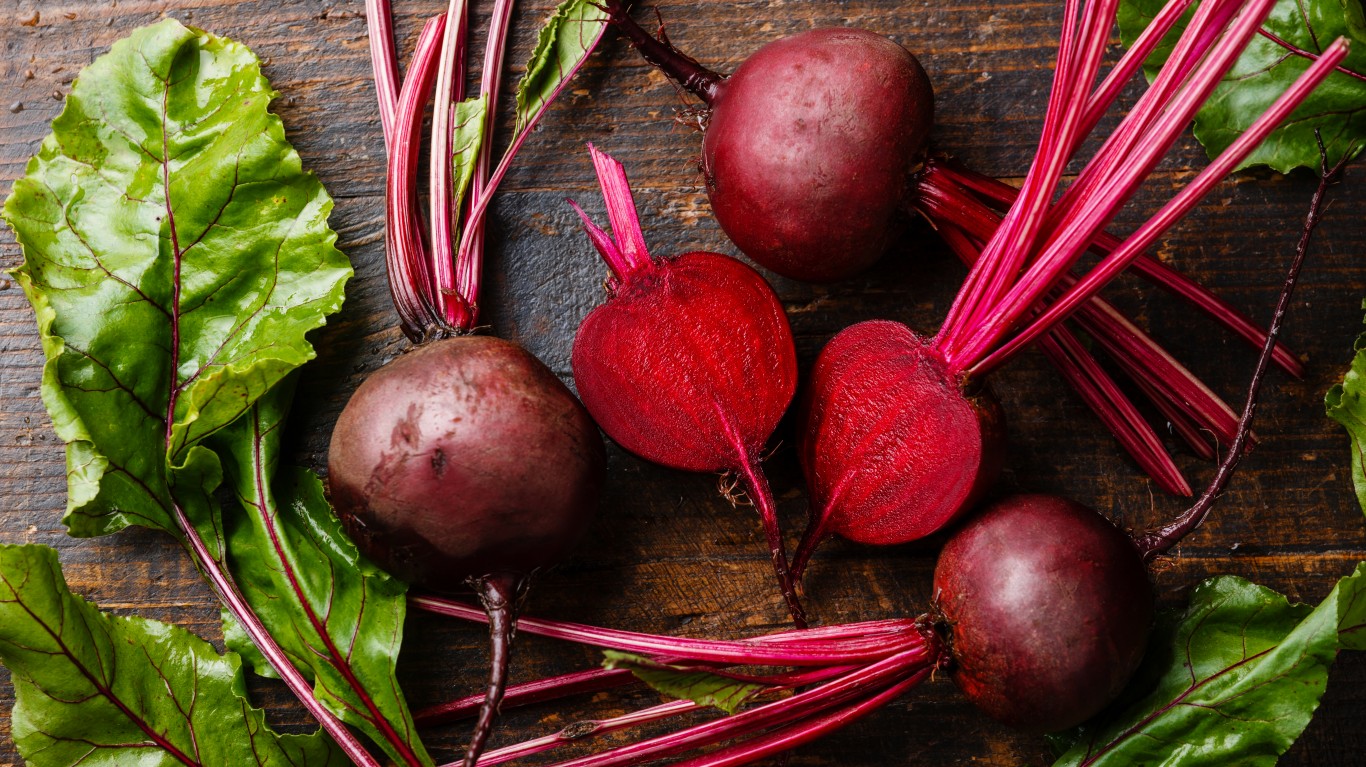
4. Beets
Cut the leaves off the beets, then store both in separate vented bags in the refrigerator. (Beet leaves make a delicious cooked green; younger, more tender ones can be tossed in salads.)
[in-text-ad-2]
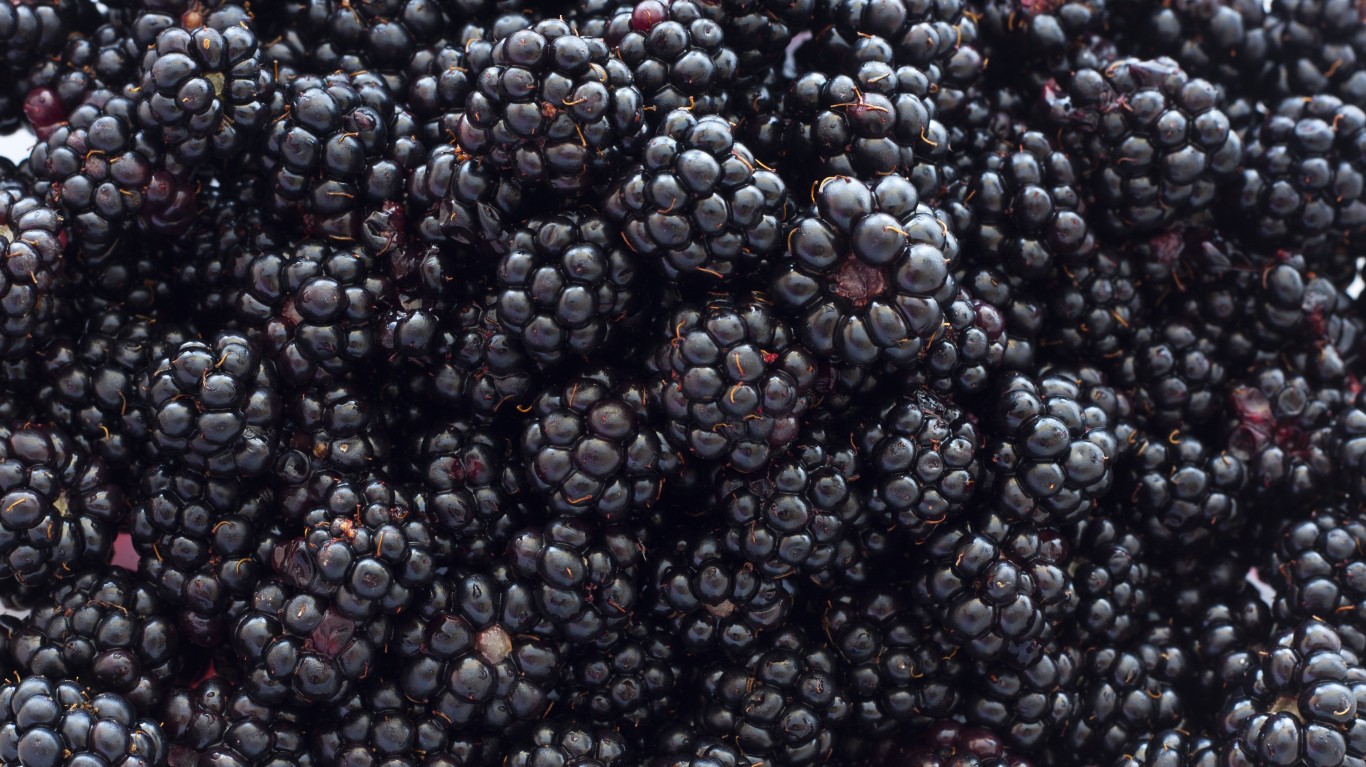
5. Blackberries
Summer berries tend to grow moldy quickly. Cook’s Illustrated once counseled washing them in a vinegar bath (three parts water to one part vinegar), then spinning them dry in a salad spinner and storing them in a partly opened container lined with paper towels. An easier plan for blackberries and other varieties is to pick out and discard any berries that look damaged or are beginning to mold, wash the good ones gently, spread them out in a single layer on a plate or platter lined with paper towels, and stick them in the fridge.
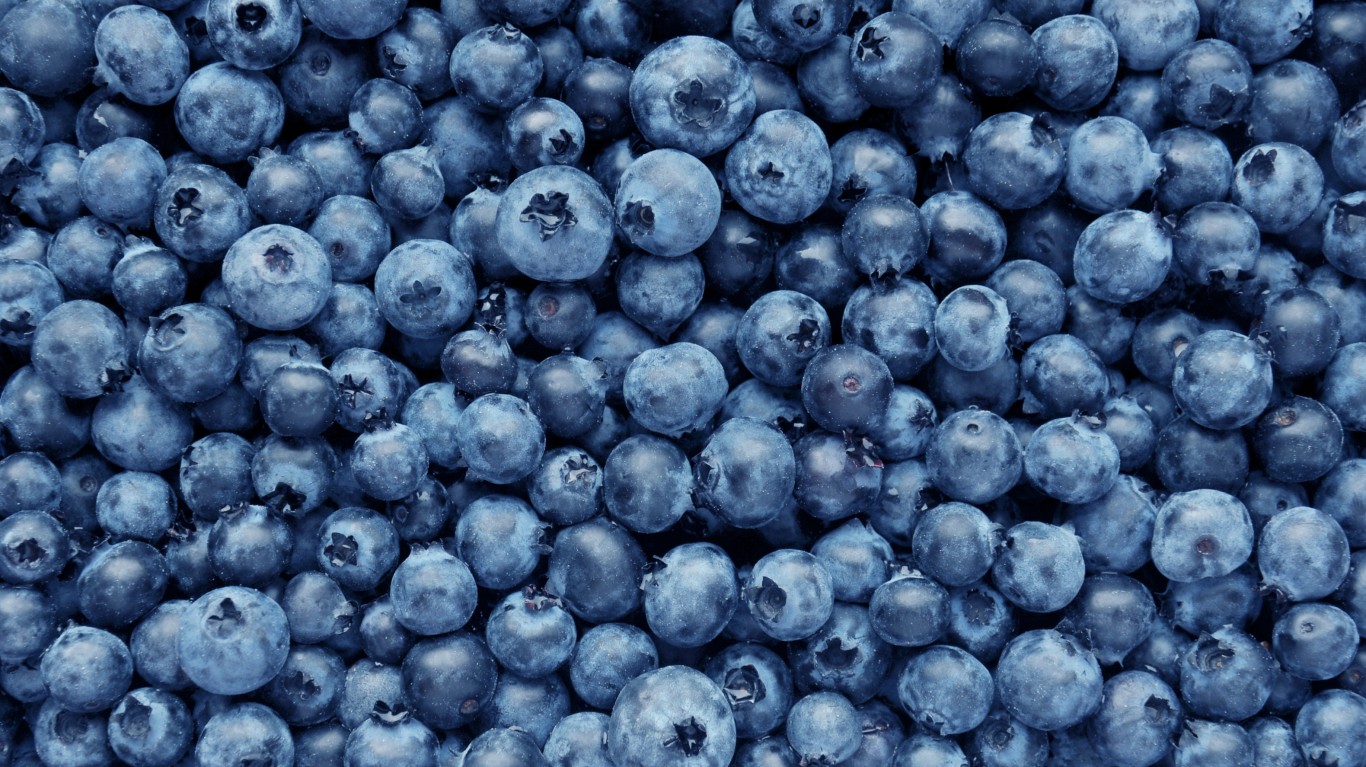
6. Blueberries
Blueberries should be gently washed, with any bad ones discarded. Because they don’t have the porous surface that blackberries and raspberries have, they don’t need to be spread out in a single layer to avoid spoilage. Instead, dry them thoroughly and store them in a vented plastic bag.
[in-text-ad]
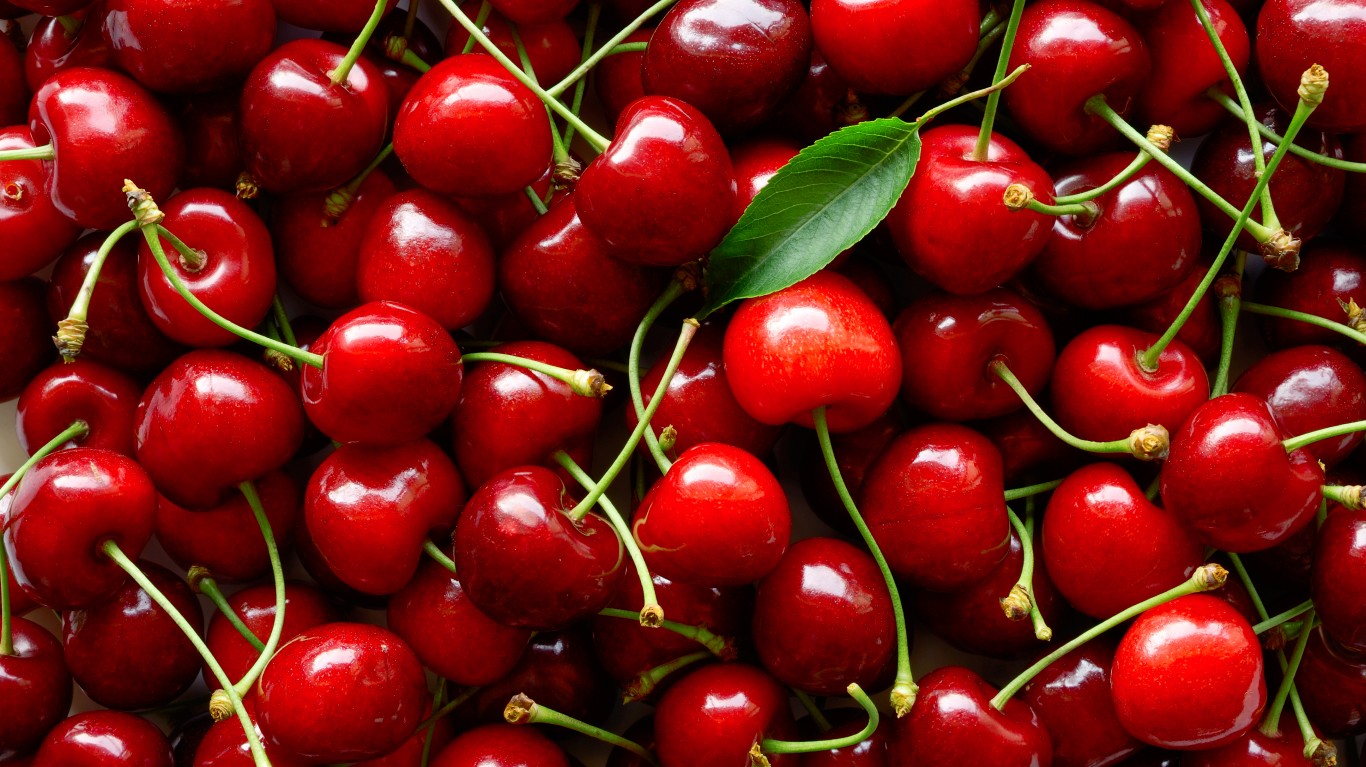
7. Cherries
Store cherries in the refrigerator in an uncovered bowl or a paper or plastic bag left open at the top. Wash them just before eating. If you wash them before they go into the fridge, they could absorb some moisture and possible split or spoil.
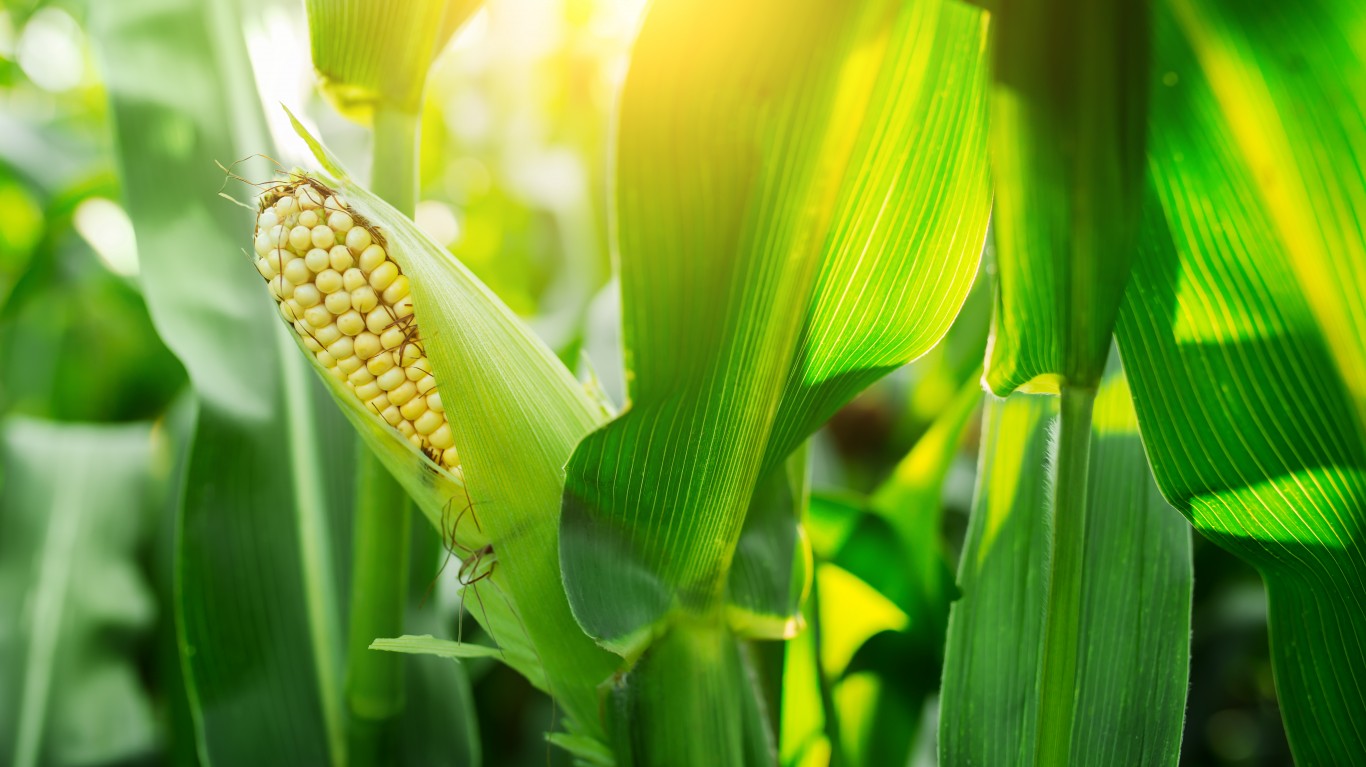
8. Corn
Avoid storing corn at all, if possible. It begins losing sweetness the moment it’s harvested, so the longer you wait to eat it, the less flavor it will have. If you must store it, just stick it in the refrigerator, unshucked.
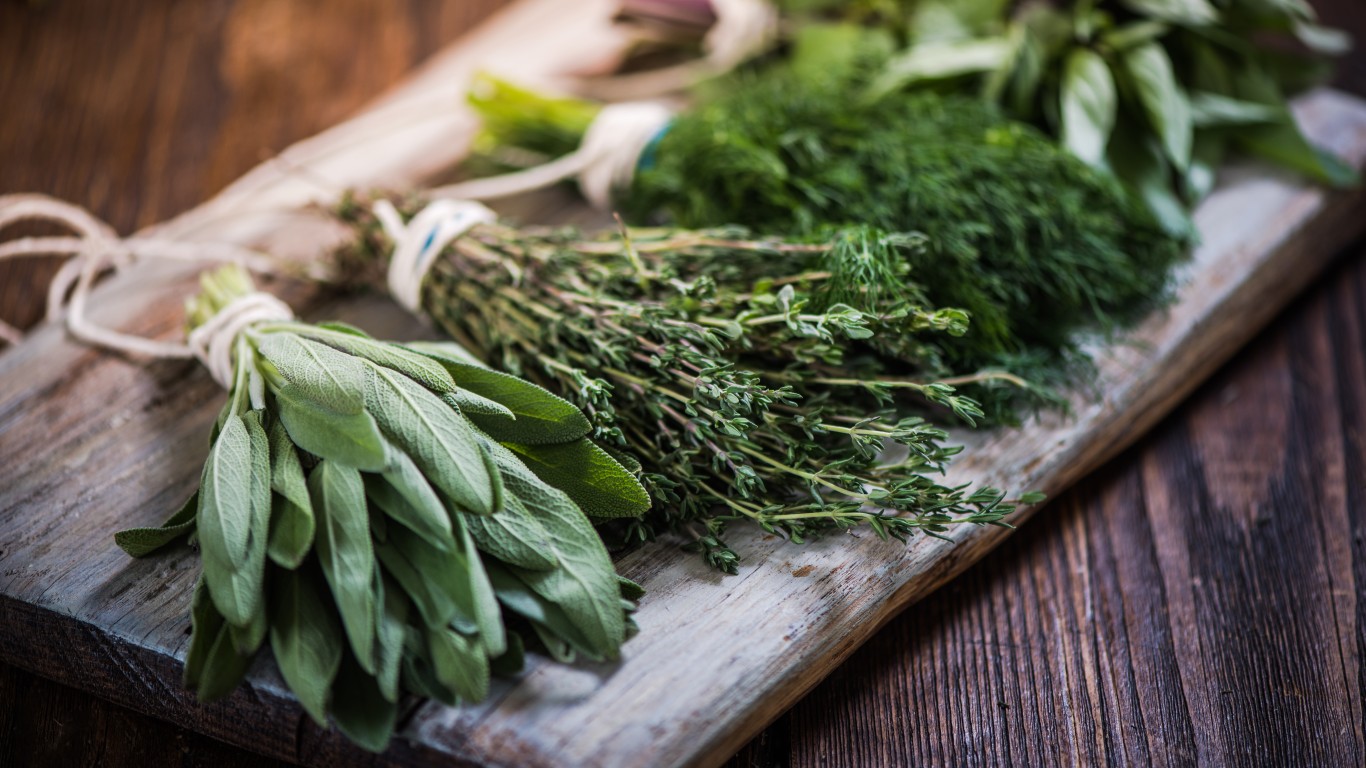
9. Leafy herbs
Basil, cilantro, mint, parsley, and other leafy herbs should be treated like flowers. Trim their ends, them put them in jars of cool water and set them aside at room temperature.
[in-text-ad-2]
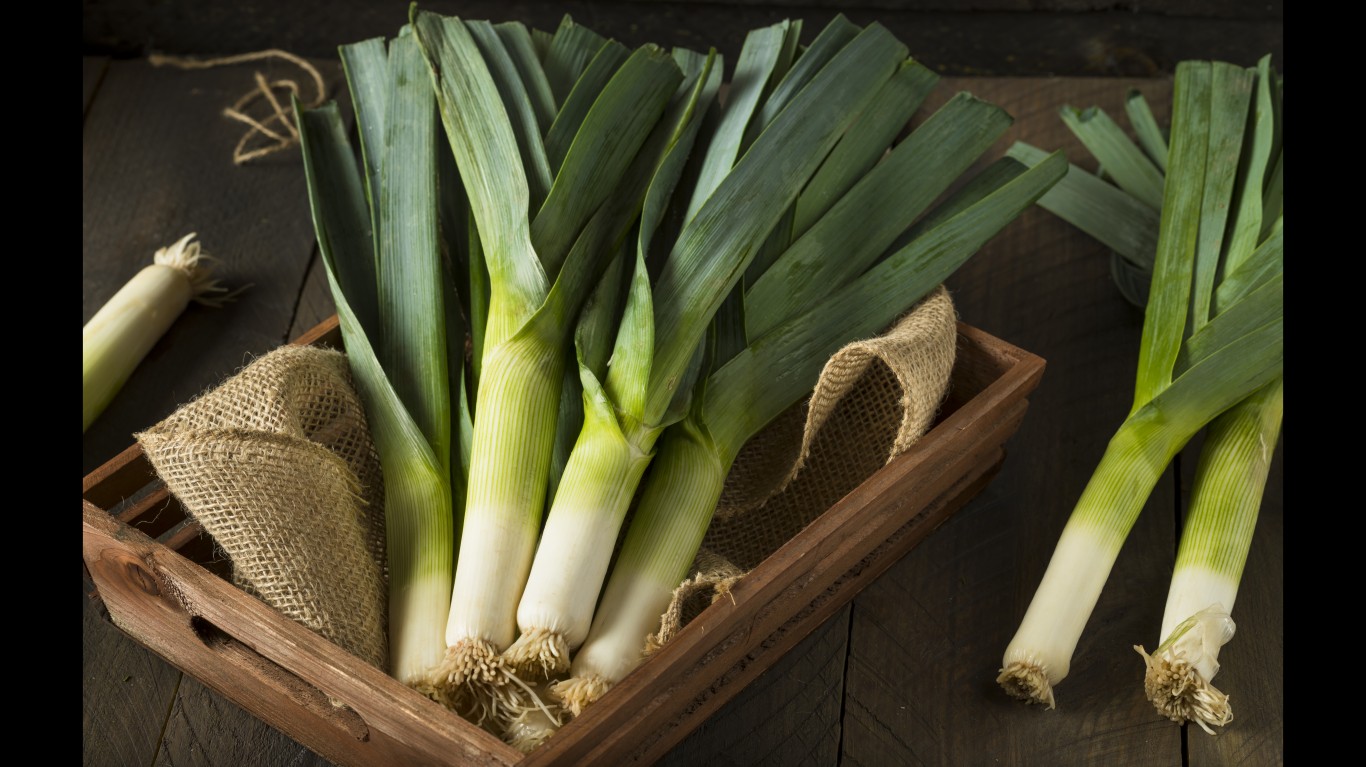
10. Leeks
Trim and discard the dark ends of the leaves, then store the leeks in the refrigerator crisper drawer.
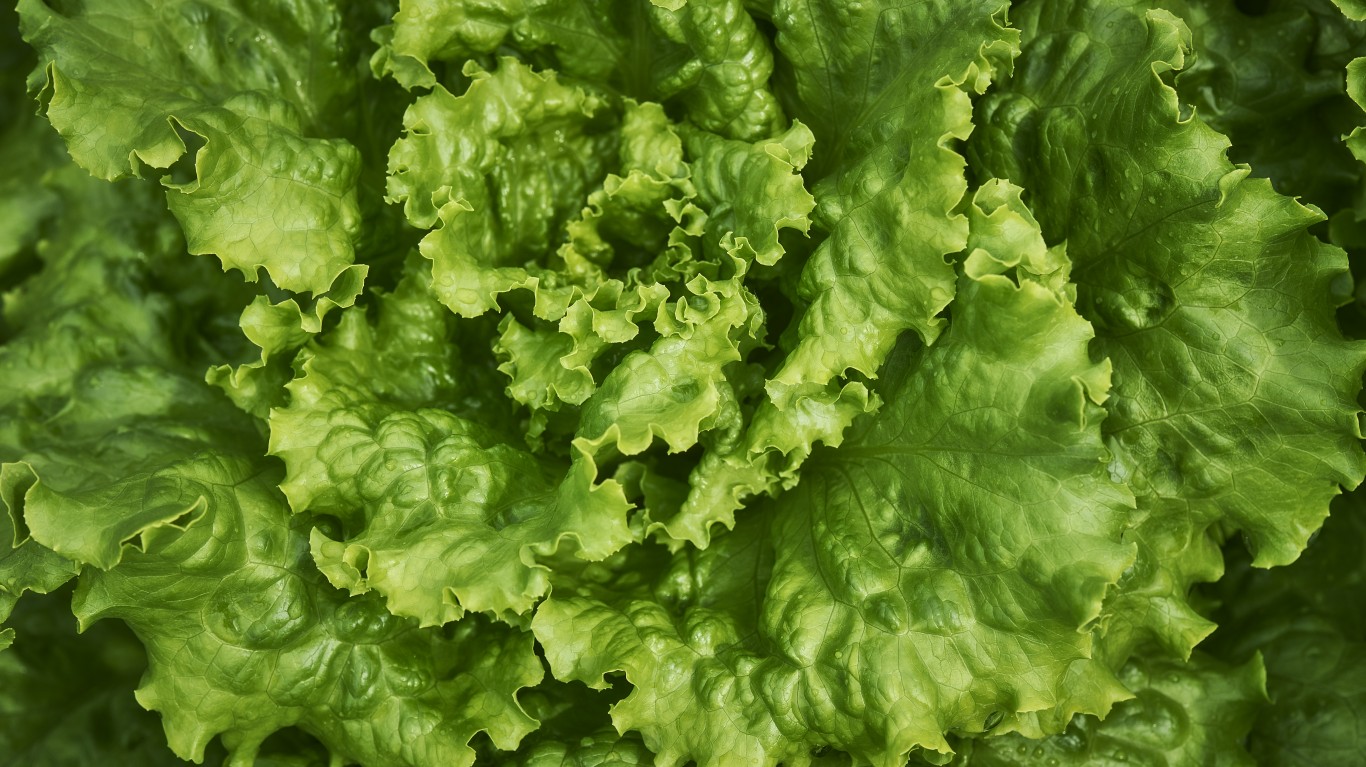
11. Lettuce
Leaf lettuce and assorted greens (like mesclun mixes) should be washed and dried very thoroughly, then stored in the refrigerator in a vented bag with a piece or two of paper towel. As with arugula, if it’s in a clamshell or sealed bag, just refrigerate it — but consume it by the use-by date on the package, as bacteria can develop on the leaves even if they still look healthy. Head lettuce, like iceberg, can simply be refrigerated in the crisper drawer.
[in-text-ad]
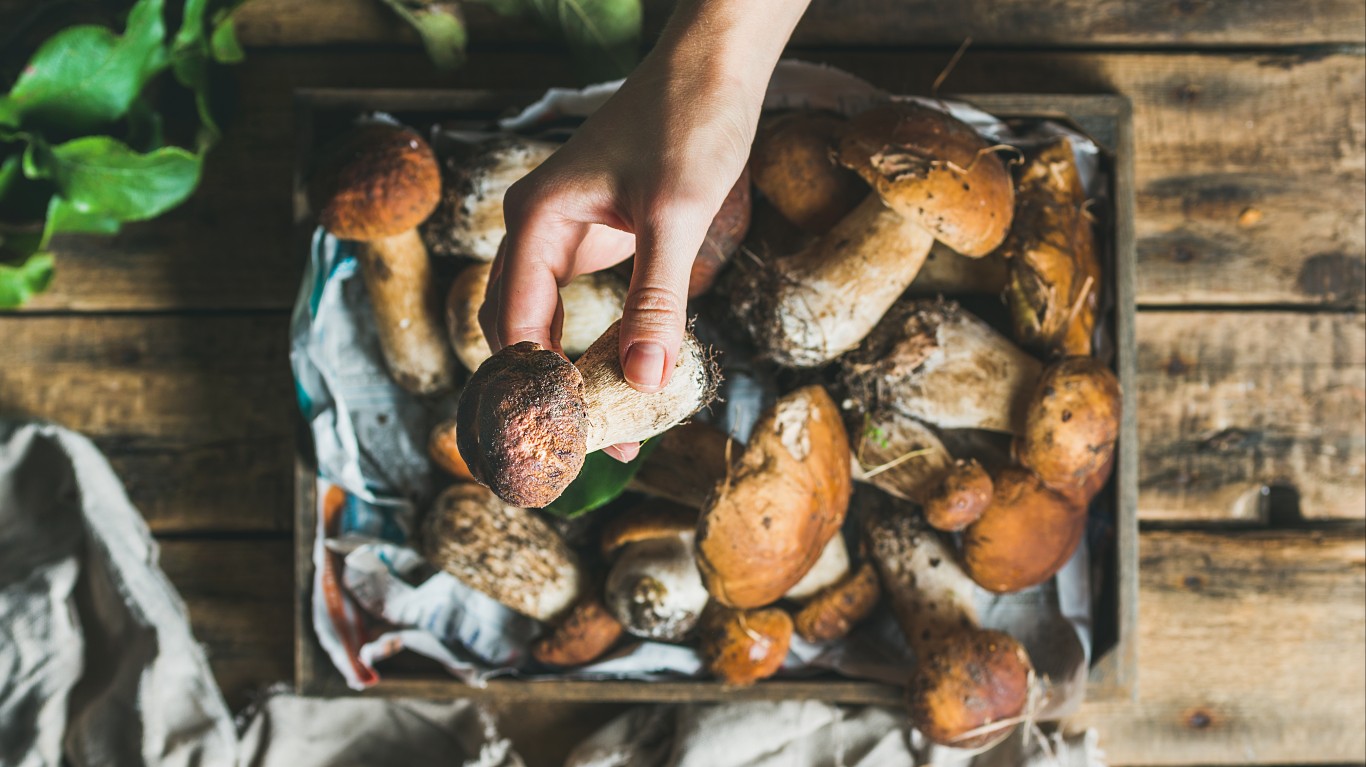
12. Mushrooms
Mushrooms sold in plastic-wrapped cartons can simply be refrigerated as is, and lightly washed just before using. Loose mushrooms, especially wild varieties, are best stored in vented paper bags in the crisper drawer.
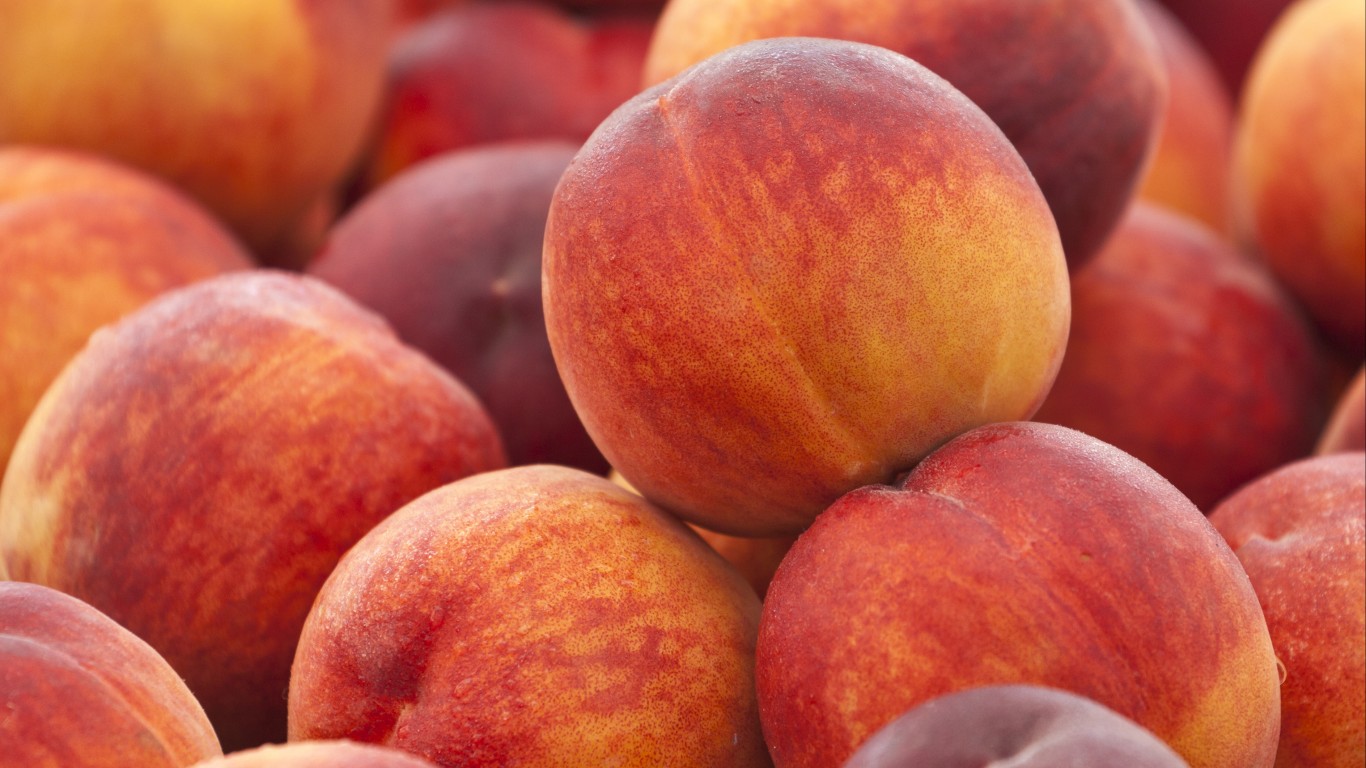
13. Peaches
To ripen peaches, close them inside a paper bag for a few days at room temperature. Once they’re ripe, refrigerate them in an uncovered bowl.
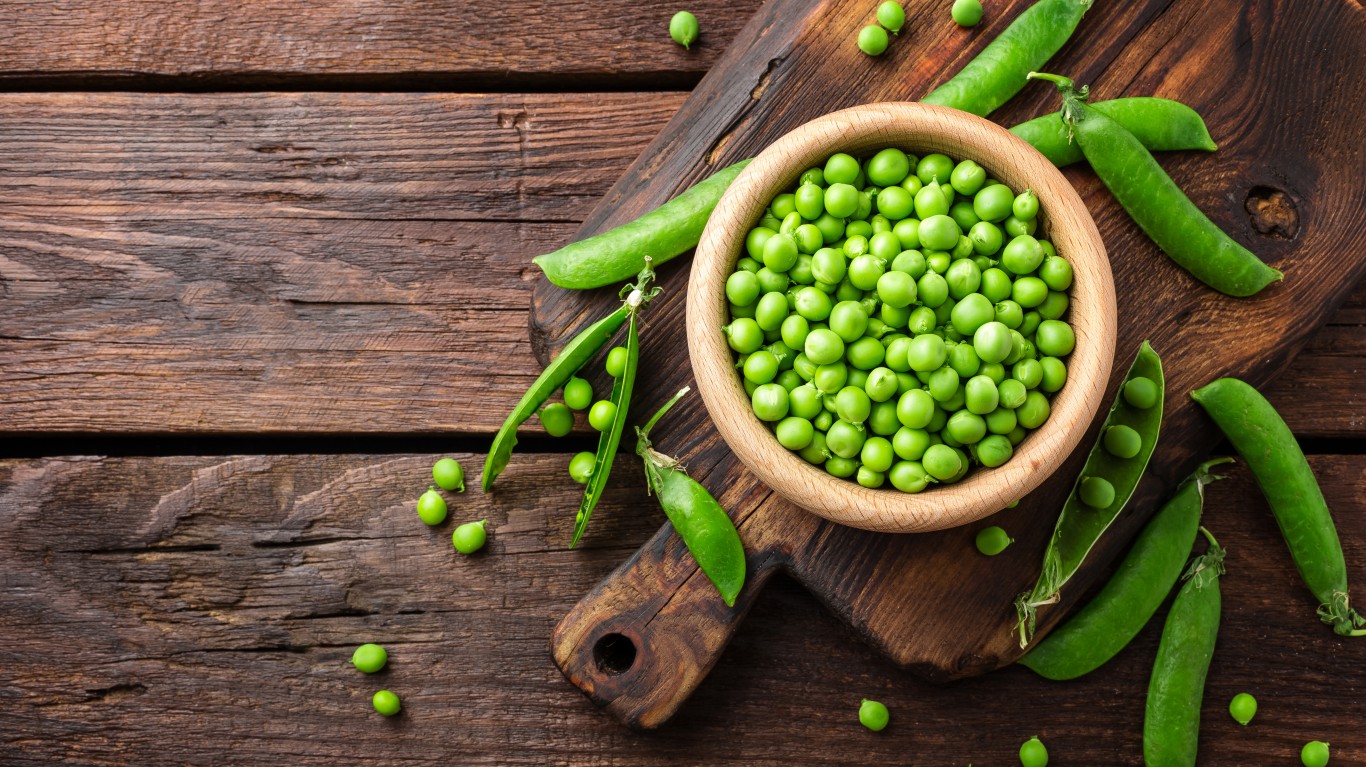
14. Peas
Preshucked, bagged peas can be simply refrigerated, as can sugar snaps and snow peas. Fresh peas, still in their pods, should be refrigerated unshucked.
[in-text-ad-2]
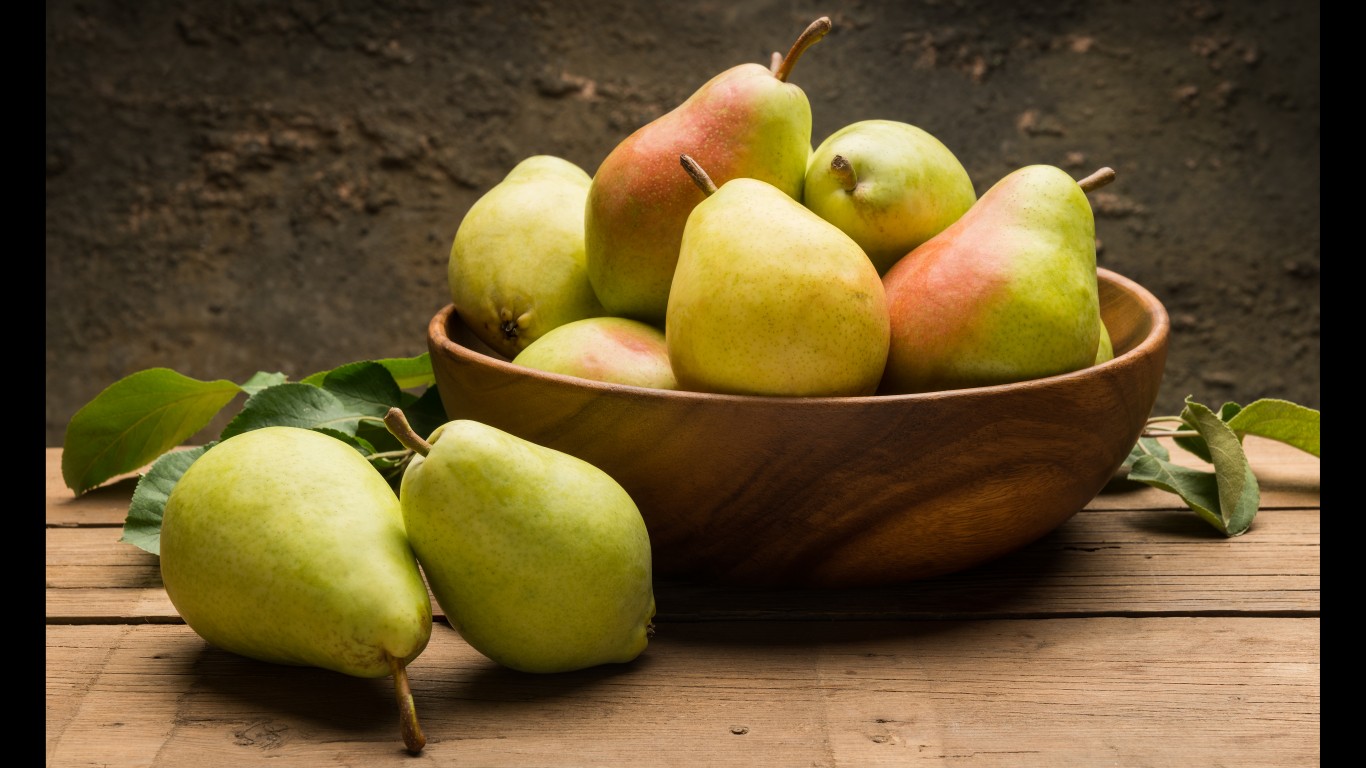
15. Pears
Pears (apricots, too) should be treated like peaches — ripened inside a paper bag for a few days at room temperature, then refrigerated in an uncovered bowl.
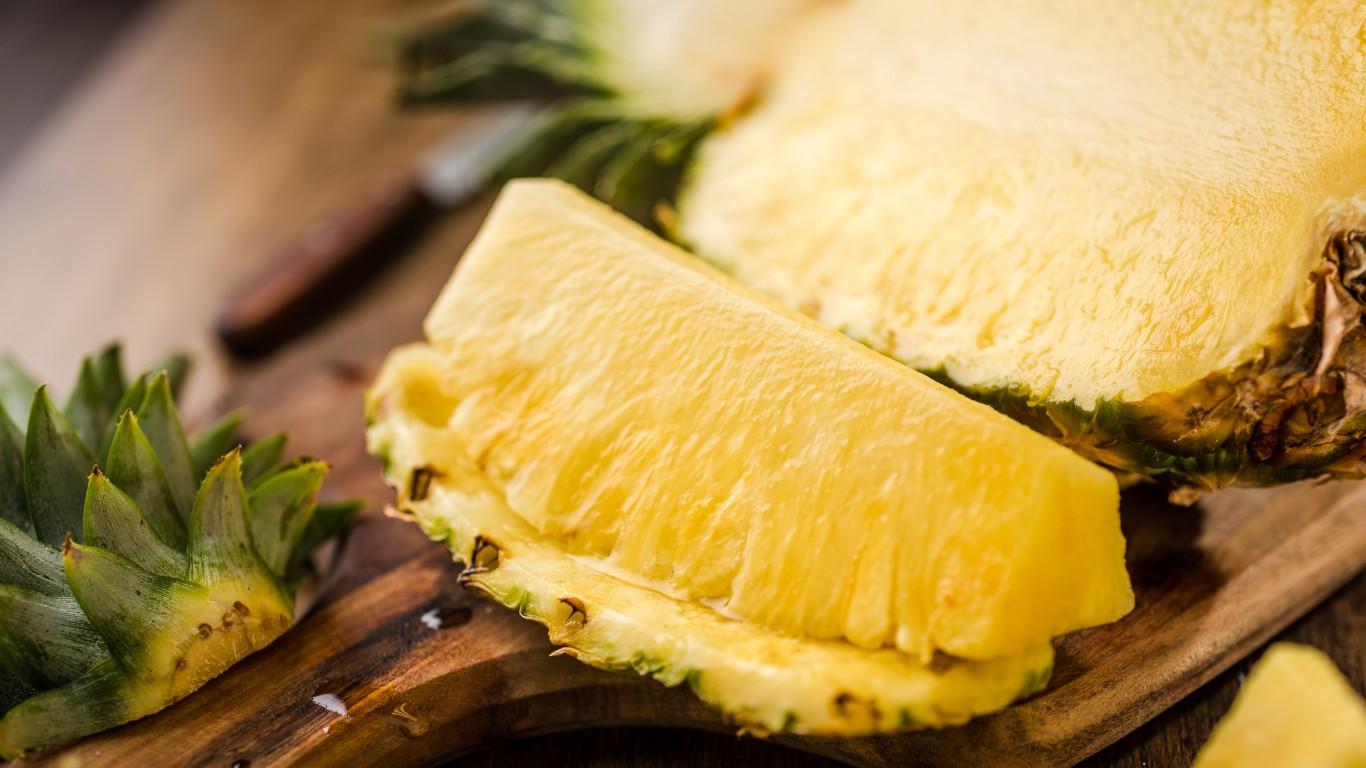
16. Pineapple
Trim the green top off the pineapple without exposing any yellow flesh, then turn it upside down in a pot or bowl on the counter for a couple of days, to distribute the sweetness evenly. It can then be kept for several days, right-side-up, at room temperature.
[in-text-ad]
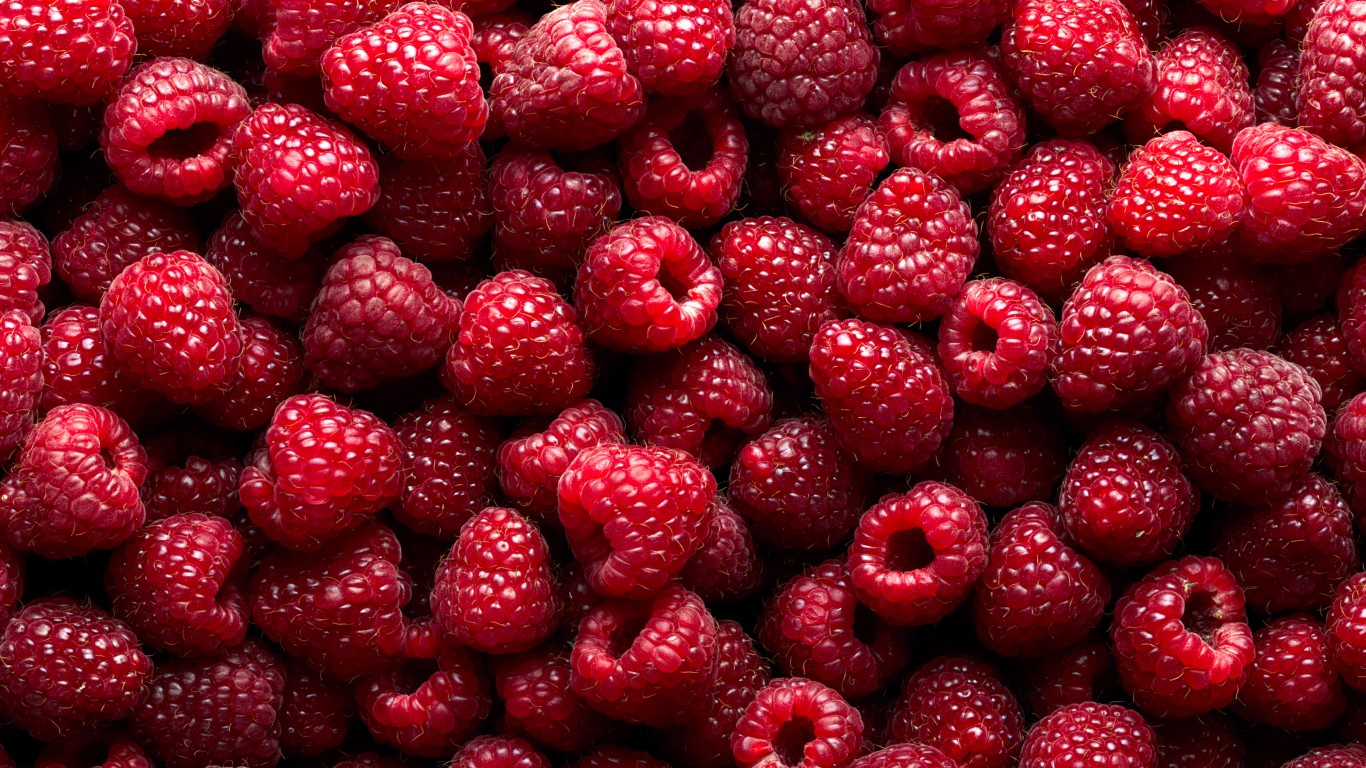
17. Raspberries
As with blackberries, these should be gently washed (very gently, as they’re the most delicate of summer berries), with any suspect berries discarded, then spread out in a single layer on a plate lined with paper towels and popped into the refrigerator.
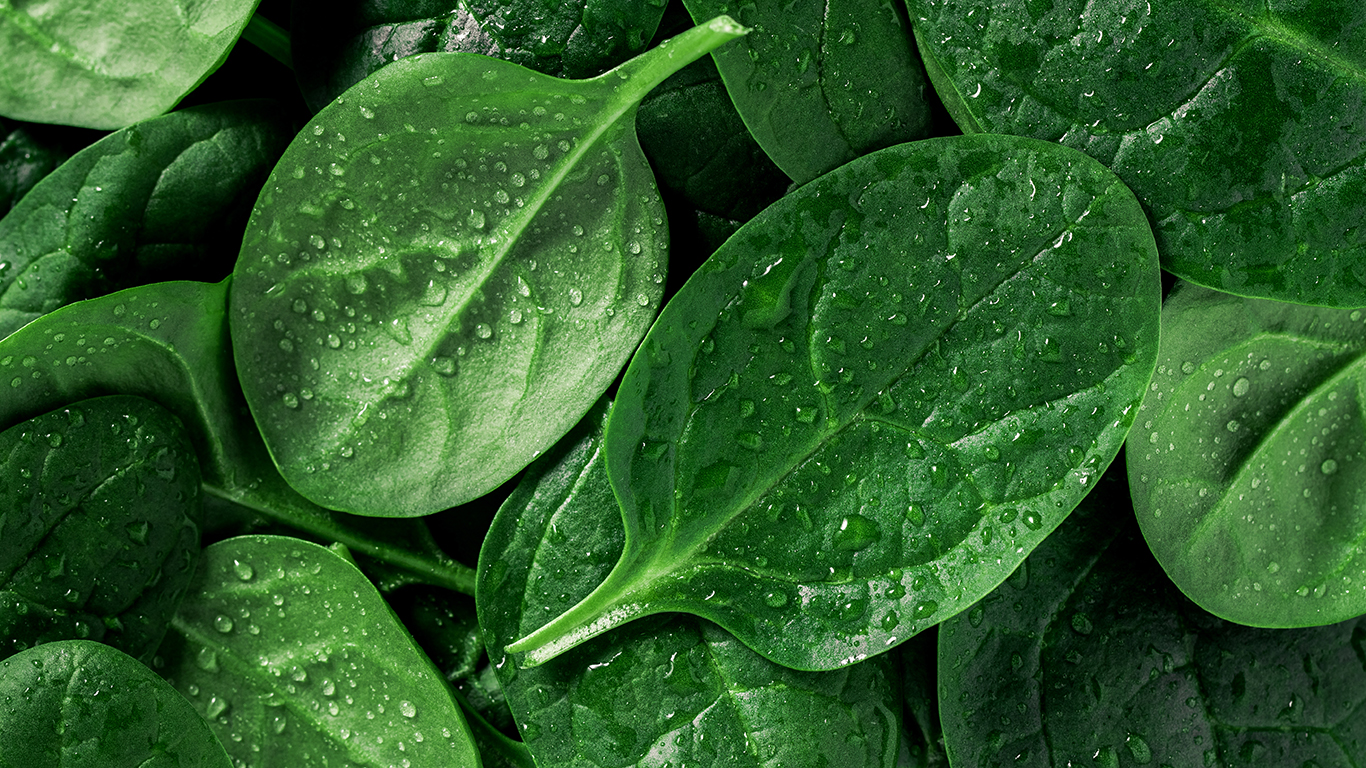
18. Spinach
Store unpackaged spinach in a damp paper towel, in a vented bag or just uncovered in the crisper drawer. If it’s in a clamshell or sealed bag, refrigerate as it comes, but bear in mind that the use-by date is important: Even if the leaves look okay, they may have developed bacteria.
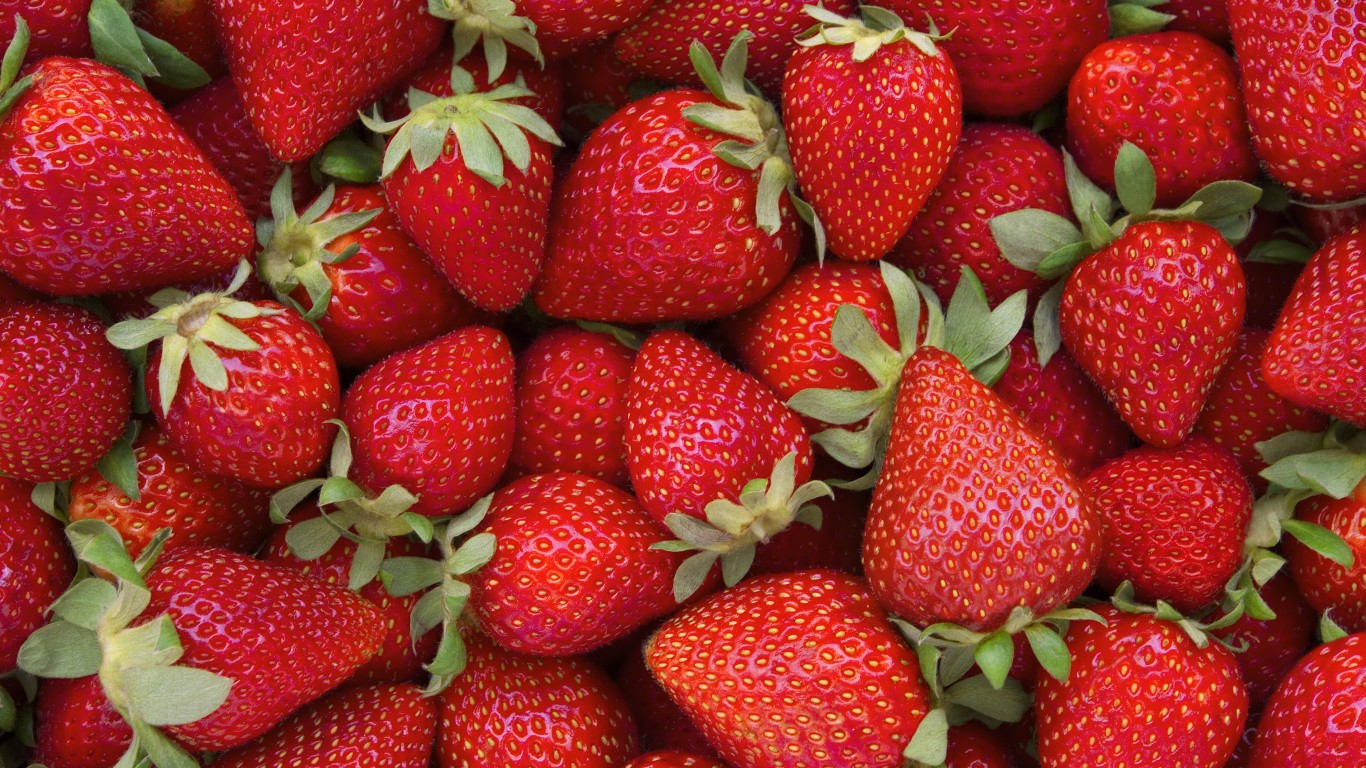
19. Strawberries
Strawberries should be gently washed and patted dry, then stored in vented plastic bags in the refrigerator.
[in-text-ad-2]
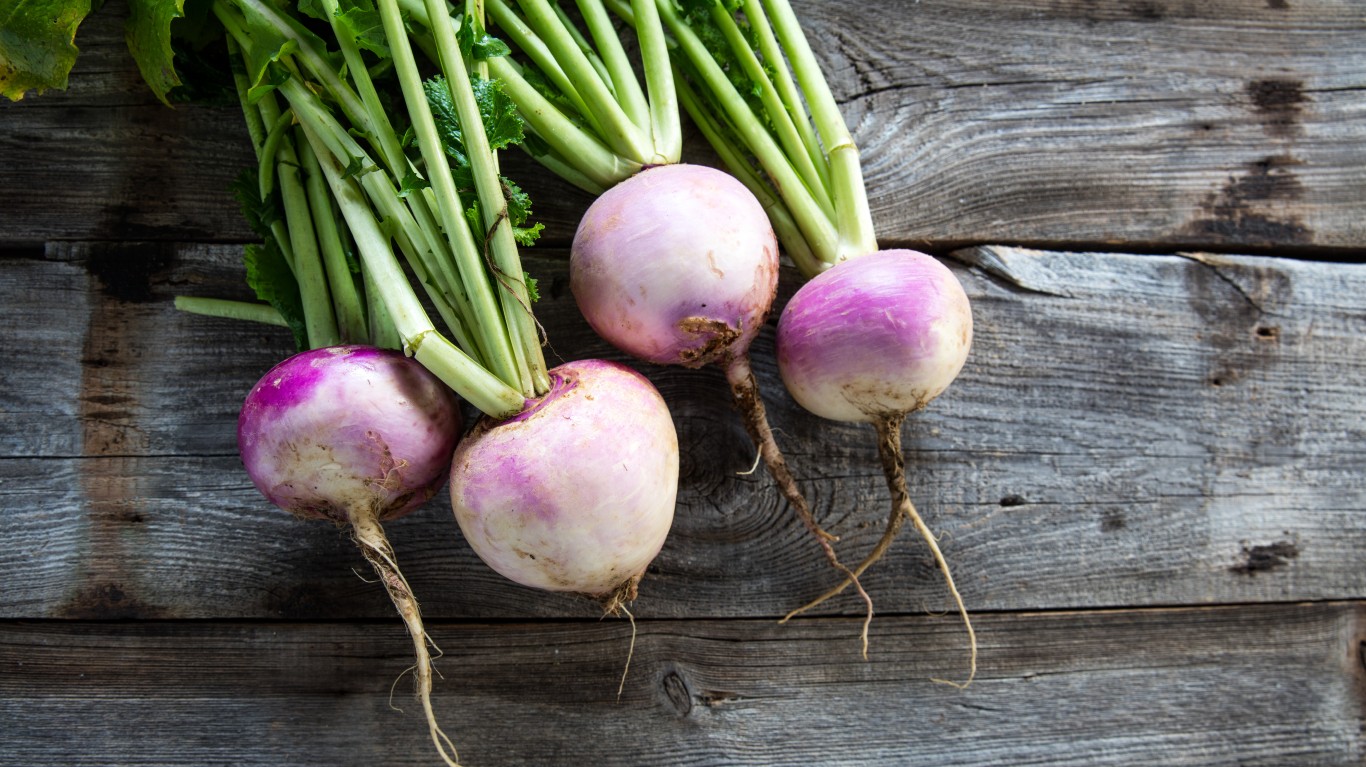
20. Turnips
As with beets, separate the leaves from the turnips, then store both in separate vented bags in the refrigerator. Cook the greens as you would kale or collard greens.
It’s Your Money, Your Future—Own It (sponsor)
Retirement can be daunting, but it doesn’t need to be.
Imagine having an expert in your corner to help you with your financial goals. Someone to help you determine if you’re ahead, behind, or right on track. With SmartAsset, that’s not just a dream—it’s reality. This free tool connects you with pre-screened financial advisors who work in your best interests. It’s quick, it’s easy, so take the leap today and start planning smarter!
Don’t waste another minute; get started right here and help your retirement dreams become a retirement reality.
Thank you for reading! Have some feedback for us?
Contact the 24/7 Wall St. editorial team.
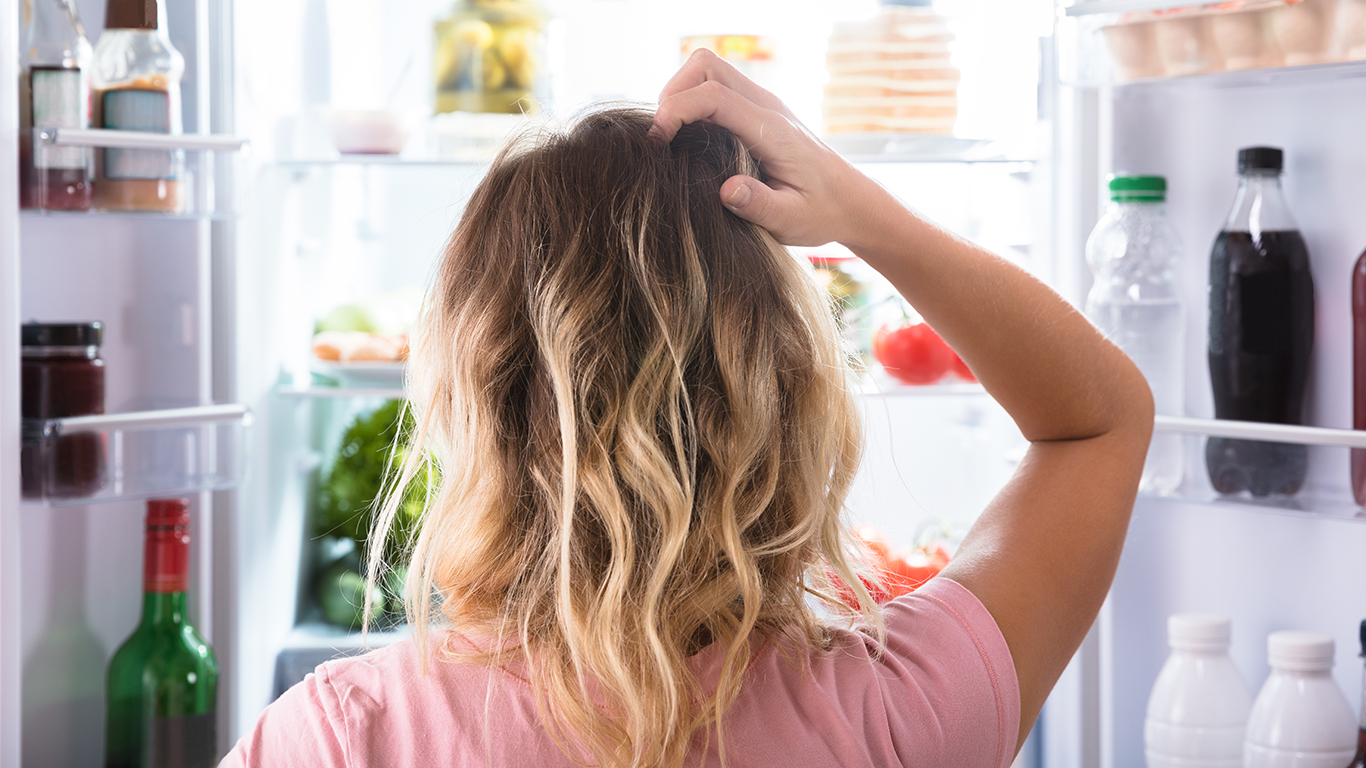 24/7 Wall St.
24/7 Wall St.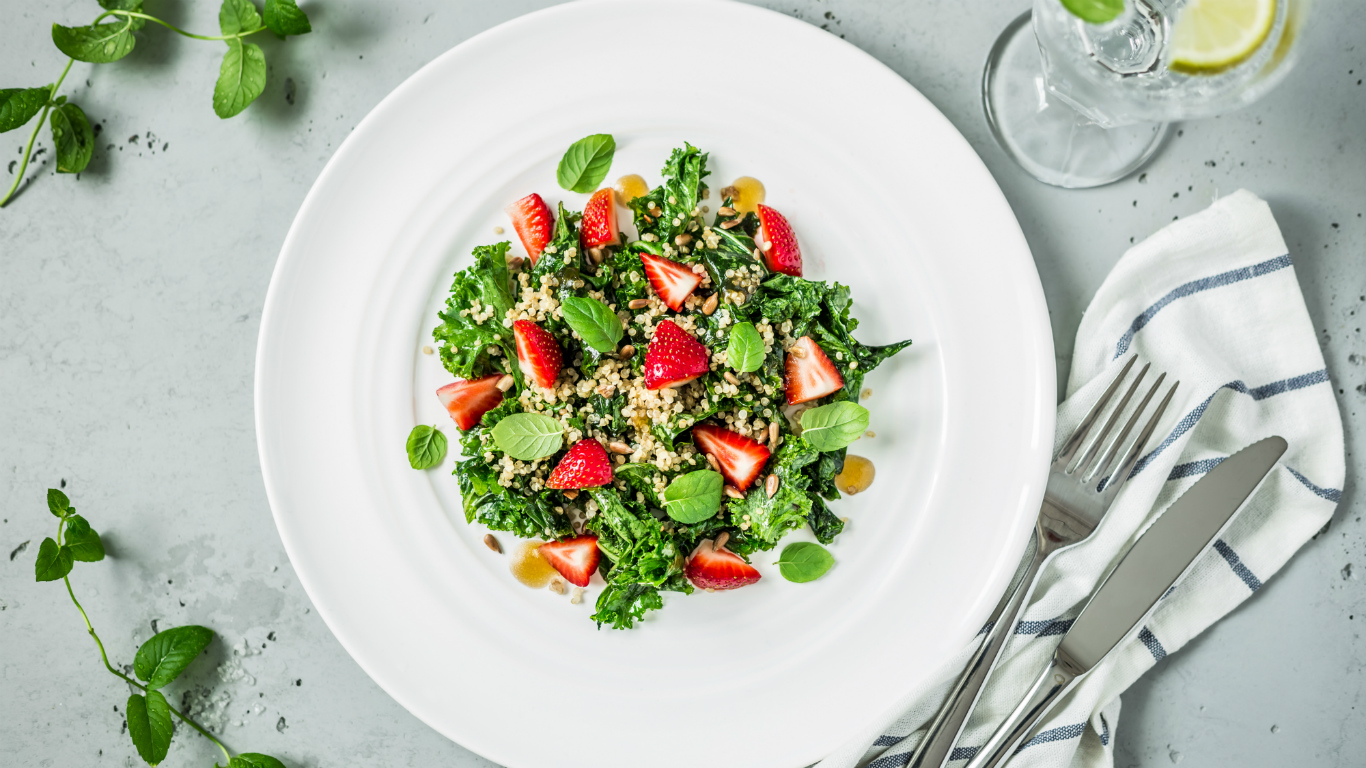 24/7 Wall St.
24/7 Wall St.



